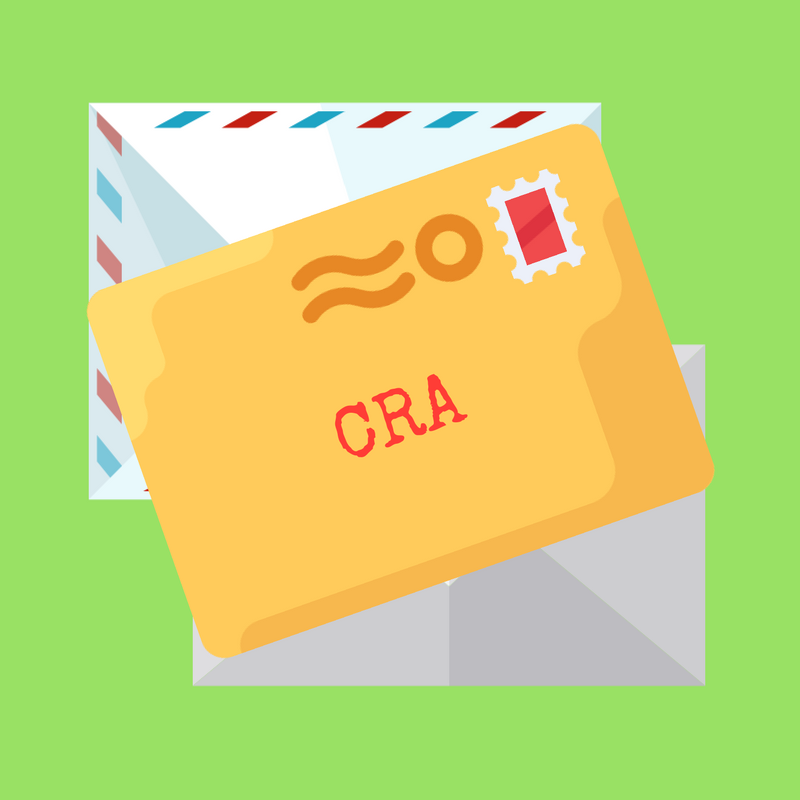Are you struggling to pay off your CRA arrears? Years and years caught up to you?
There are several ways home equity can be used to pay off CRA debt:
- If you already have a Home Equity Line of Credit (HELOC), and there is sufficient room to pay the tax debt, this can make tons of sense. You basically just write a cheque and be done with it. The interest rate is probably around prime + 0.5%, and that might be as good as it gets in these situations. This will solve the immediate problem; then you need a plan to reduce your HELOC balance by saving aggressively and paying it down. Or, ultimately you may decide it makes sense to refinance and roll the HELOC balance into your mortgage.
- Borrow money from a family member or close friend, pay the debt, then consider refinancing your mortgage and repay your benefactor.
- Borrow money from a private second mortgage lender, pay the debt, then refinance down the road. The length of time you wait to refinance depends on the strength of the file, which lender currently holds your first mortgage and when that mortgage is set to mature. A few “B lenders” have second-position financing options, which may suit this approach.
- Refinance the first mortgage to a “B lender” (alternative lender). The new mortgage amount is ideally large enough to clear CRA completely and cover all fees and other debts.
- When there’s insufficient equity to pay CRA in full, it may be time for a negotiated settlement. My own experiences along these lines involve trustees who will file a consumer proposal on behalf of the debtor. Others report they’ve had success with skilled tax accountants.
The right solution will depend on the circumstances of each situation. It’s also important to note there are circumstances where homeowners will not be good candidates for eventual traditional lending no matter how we solve the immediate problem. This often happens when:
- Their income doesn’t meet the stress test qualification rules and they may need to work with alternative lenders allowing higher debt service ratios
- They’re self-employed with income that’s difficult to verify by traditional methods
- Their personal credit history has shut the door to traditional lenders (e.g., multiple insolvencies or recent late mortgage payments)

